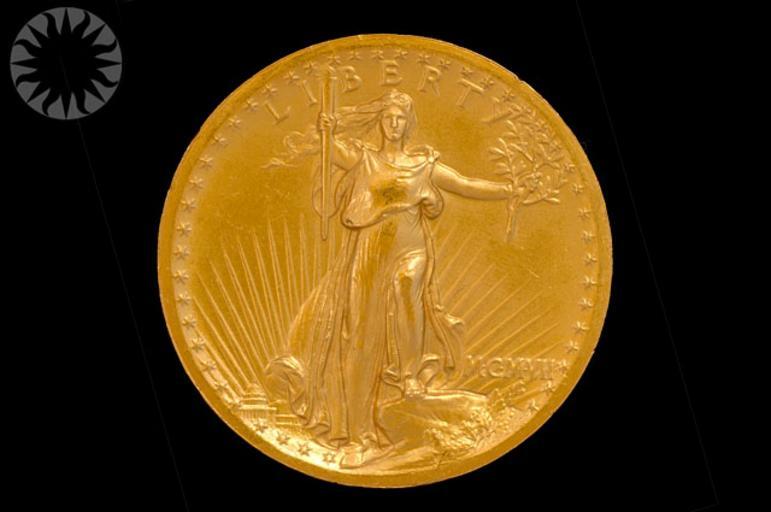MAKE A MEME
View Large Image

| View Original: | United_States,_$20,_1907.jpg (640x425) | |||
| Download: | Original | Medium | Small | Thumb |
| Courtesy of: | www.flickr.com | More Like This | ||
| Keywords: legendary coins legendarycoins numismatics money smithsonian washington dc probably public domain probablypublicdomain indoor SI Neg. 2005-34055. Date: 11/17/2005. In 1905, President Theodore Roosevelt asked sculptor Augustus Saint-Gaudens to lead an effort to redesign American coinage. Saint-Gaudens developed a design that many consider the most beautiful American coin ever conceived. Work on the production version of the coin progressed through the winter and spring of 1907. Sadly, the artist himself now suffered from cancer, and would die of the disease at the beginning of August. It was left to his assistant, Henry Hering, to finish the work his master had begun. And Hering would be dogged every step of the way by a jealous competitor, Mint Chief Engraver Charles E. Barber. Towards the end of December 1907, this new, very beautiful gold coin entered circulation. It was closely based on Saint-Gaudens's original concept, complete with the forward-striding Liberty and the eagle in flight. But Henry Hering had lowered the relief by a small but crucial extent. The coin still could not be struck, once, on a high-speed press. But it could be struck, thrice, on a slower-speed machine. Under Hering's directions, and over Barber's objections, slightly more than twelve thousand "high relief" double eagles were minted in Philadelphia during the final weeks of 1907. Saint-Gaudens, Henry Hering, and Theodore Roosevelt had proved that a high-relief American coin could be made. Having won the battle, Roosevelt may have tired of the war. He had a good deal else on his mind, including upcoming elections, and the voyage of America's Great White Fleet around the world. Click here to view the obverse. Credit: Hugh Talman (Smithsonian Institution) SI Neg. 2005-34055. Date: 11/17/2005. In 1905, President Theodore Roosevelt asked sculptor Augustus Saint-Gaudens to lead an effort to redesign American coinage. Saint-Gaudens developed a design that many consider the most beautiful American coin ever conceived. Work on the production version of the coin progressed through the winter and spring of 1907. Sadly, the artist himself now suffered from cancer, and would die of the disease at the beginning of August. It was left to his assistant, Henry Hering, to finish the work his master had begun. And Hering would be dogged every step of the way by a jealous competitor, Mint Chief Engraver Charles E. Barber. Towards the end of December 1907, this new, very beautiful gold coin entered circulation. It was closely based on Saint-Gaudens's original concept, complete with the forward-striding Liberty and the eagle in flight. But Henry Hering had lowered the relief by a small but crucial extent. The coin still could not be struck, once, on a high-speed press. But it could be struck, thrice, on a slower-speed machine. Under Hering's directions, and over Barber's objections, slightly more than twelve thousand "high relief" double eagles were minted in Philadelphia during the final weeks of 1907. Saint-Gaudens, Henry Hering, and Theodore Roosevelt had proved that a high-relief American coin could be made. Having won the battle, Roosevelt may have tired of the war. He had a good deal else on his mind, including upcoming elections, and the voyage of America's Great White Fleet around the world. Click here to view the obverse. Credit: Hugh Talman (Smithsonian Institution) | ||||